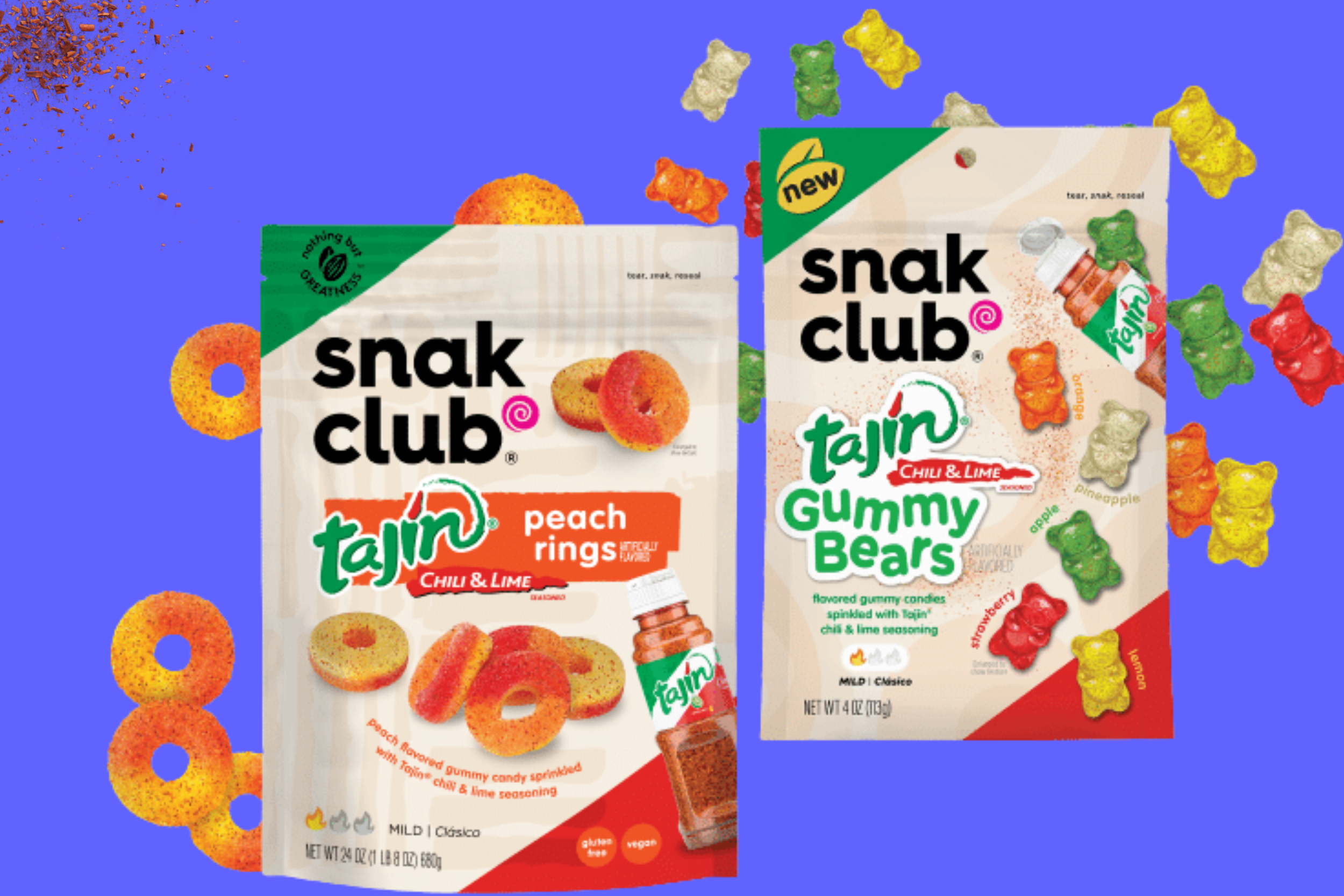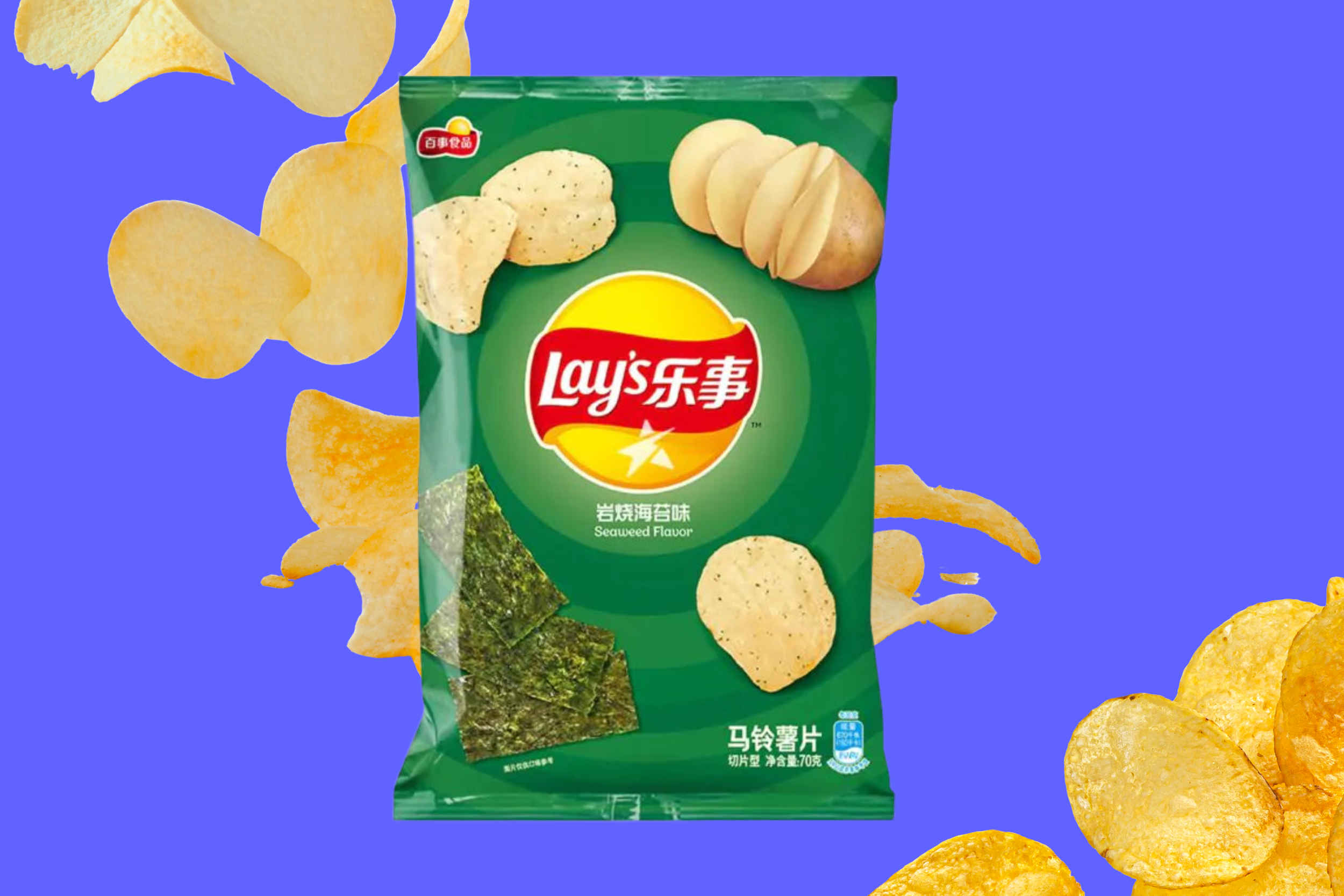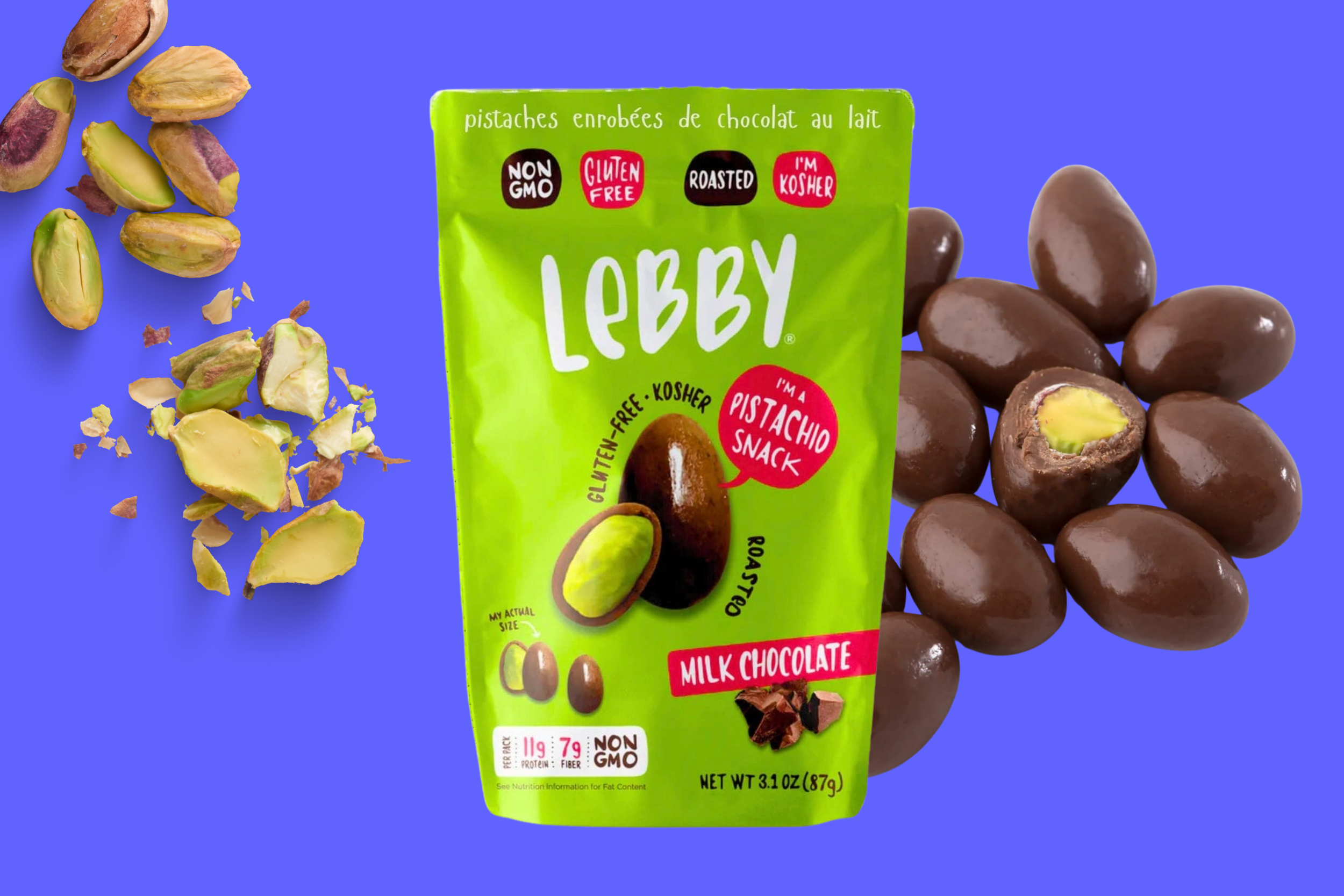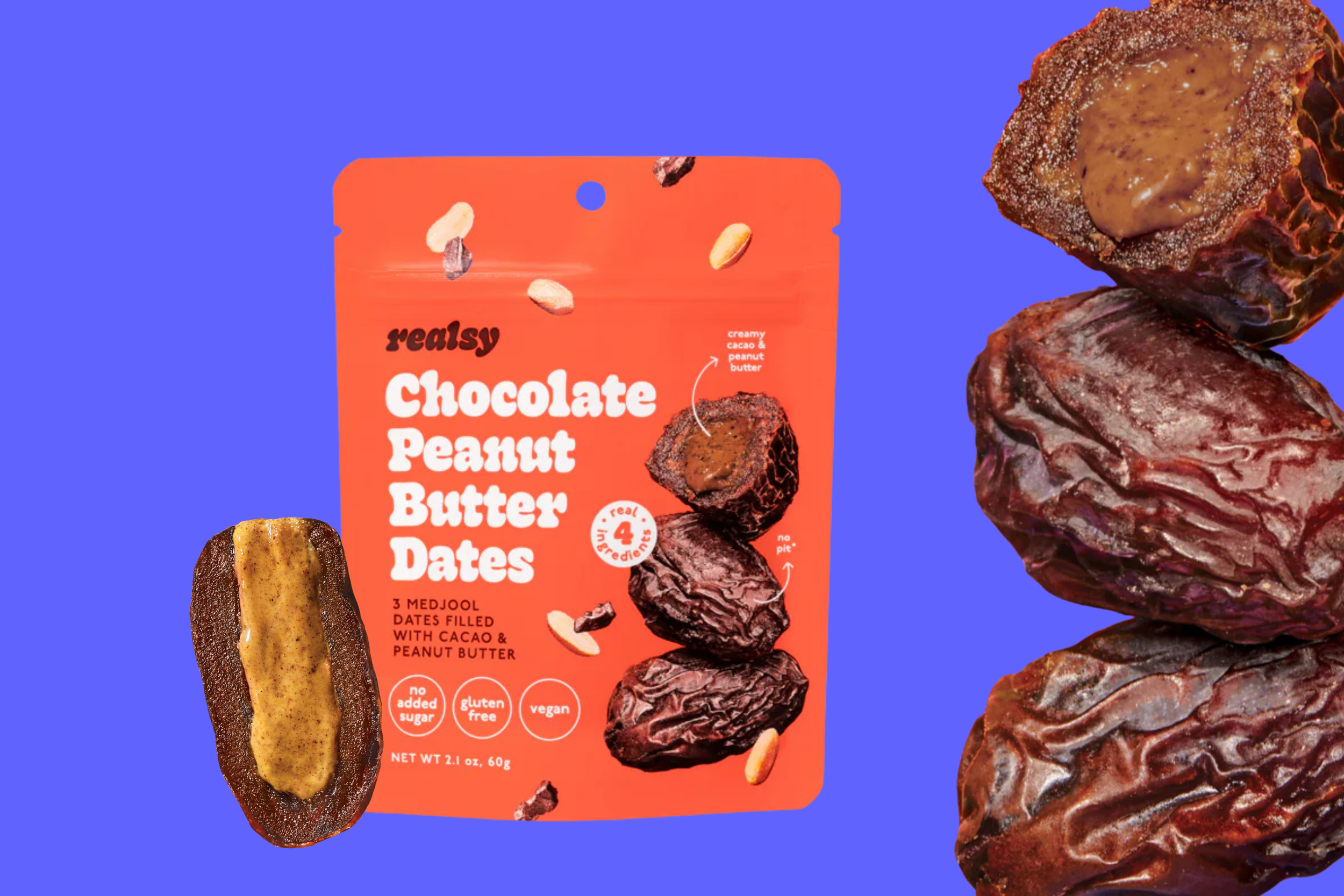The Snacking Surge: Shopper Stats Shaping Strategy
What’s your favourite snack? Are you a salty or a sweet person?
The Evolution of the Snack Aisle
In the last several decades the snack aisle has transformed. Packages touting probiotics, protein, and clean labels are permeating the shelves alongside the salty and sweet offerings we know and love. The myriad of offerings shows the growth of snacking as a phenomenon as well as changing consumer preferences. In this month’s memo, we’ll be exploring the history of snacking, what’s shaping the snacking industry today, and trends to capitalize on.
The History of Snacking: From Stigma to Staple
Over the last 50 years, snacking has more than doubled¹. Snacking was reignited post-industrial revolution. Prior to the industrial revolution, meals weren’t structured the same way they are now. Meal time was flexible. Eating was done out of necessity, often using whatever ingredients on hand. During the 19th century, the ritual of formal meal times was reserved for the upper classes. It was the industrial revolution that brought the ‘three square meals a day’ eating habit to the masses. Workers needed a meal in the morning before work, a mid-day break to refuel in the afternoon, then a final post-work meal. The need for fast and simple breakfasts and lunches was created during this time. The ritual of family dinners rose, because the evening was the only time families could spend together to share a meal. During this time snacking was stigmatized, particularly among the elite. It was only after commercial branding and clever marketing that snacking was accepted as a leisure activity for all².
The snacking category boomed with the help of packaging and preservation techniques. The invention and commercialization of plastic for packaging in the 50s and 60s helped food and beverage manufacturers store and transport food more easily³. Advancements and regulatory approval for the irradiation of food in the 80s opened up new processes for the preservation of food⁴. Continuous innovations in packaging and preservation increased the shelf life and transportability of food. As a result, the packaged food industry soared and snacking grew with it. Since the 70s, snacking has boomed and consumers are now eating 2 to 3 snacks per day¹.
As snacking evolved from stigmatized to celebrated, progress in packaging, preservation, and marketing has fueled its growth. History explains how snacking has expanded into a worldwide custom, but today’s trends demonstrate changing consumer appetite. Modern snack offerings reflect the changes in lifestyle, priorities, and values.
The State of Snacking:
Today, snacking is a huge category in CPG. More than 90% of consumers across the world snack daily⁵. Snacks represent more than $135B in sales⁶, accounting for 20% of food and beverage sales globally⁷. The increase in snacking is global but the choices of where, when, and what to snack on are deeply personal. Let’s explore the factors that influence snack purchases and what the top snacking categories are in 2025.
What Influences Snack Decisions?
Demographics:
Age = Consumers over the age of 40 have fewer snacks per day⁷. Younger consumers are shaping the industry, one bite at a time.
Income = Like most discretionary spending, more disposable income leads to more purchases. What’s interesting is that the industry is still seeing growth despite rising prices. Consumers are inclined to spend on snacks with the right value proposition⁷.
Geography = Your region influences what you’re snacking on and when you’re snacking. For example, yogurt is the fastest growing snack category in the US. But European consumers are increasingly eating fresh fruit⁷.
What the snack is fulfilling:
Satisfying hunger
Energy boost
Specific craving
Connecting with others through a shared snack
Help hit daily nutrition goals
When you’re snacking:
Early morning & Mid-morning = Fresh fruit and vegetables, yogurt, cheese are most commonly snacked on in the morning⁷.
Afternoon = The afternoon is the most common time to snack. Consumers select the widest assortment of snacks during this time.
Evening & Late night = Salty snacks and ice cream are top choices for evening and late night snackers.
Where you’re snacking:
It could be at home, at work or school, on the go, of in a food service establishment. Most people are consuming snacks at home but on-the-go snacking is on the rise⁷.
Like most consumer goods, demographics, geography, location, time of day, and need being fulfilled all play a part in the decision.
What’s in the basket? Top Snacking Categories in 2025⁸:
Although cookies are the top snack food, salty snacks like crackers and chips are growing. Likely due to the price of sweet snacks outpacing savoury snacks ⁷. As consumption continues to rise, retailers and brands are trying to keep up with changing tastes.
Where Snacking is Headed:
Retailers and brands alike are constantly exploring new opportunities to drive purchases. They’re growing the category by harnessing the creativity of chefs to develop private label snacks, leveraging the clout of popular restaurants through co-branding, and creating ready-to-eat vending machines to double down on convenience. Ultimately, both retailers and brands are trying to meet the ever changing consumer preferences. Here are the upcoming flavour trends to look out for:
1: Spicy-Sweet
2: Umami
3: Matcha
4: Pistachio
5: Dates
Snacking has grown significantly in the last century. An activity once relegated to the lower classes is now being embraced by the masses. Today, the vast majority of people snack more than twice per day. Snacking is a global phenomenon but choosing what to snack on is personal. Brands and retailers are finding new ways to capitalize on the growing snacking category. Consumer tastes are constantly changing and so are the flavour trends they’re driving.
What trends are you seeing in snacking?
Sources:
1: U.S. Department of Agriculture. (2011). Snacking patterns of U.S. adults: What we eat in America. https://www.ars.usda.gov/ARSUserFiles/80400530/pdf/dbrief/4_adult_snacking_0708.pdf
2: Carroll, A. (2013). Three squares: The invention of the American meal.
3: Ohio State University Extension. (n.d.) Food safety for snacks: Handling snack foods safely. Ohio State University Extension. https://ohioline.osu.edu/factsheet/cdfs-133
4: University of California, Davis. (n.d.) History of food irradiation. Center for Consumer Research. https://ccr.ucdavis.edu/food-irradiation/history-food-irradiation
5: Mondelēz International. (2024). 2024 State of Snacking Report. https://www.mondelezinternational.com/stateofsnacking/
6: NielsenIQ. (2024). State of snacking 2024. NielsenIQ. https://nielseniq.com/global/en/insights/education/2024/state-of-snacking/
7: Circana. (2025). Snack unwrap: The global snackscape. https://www.circana.com/post/regional-differences-reshaping-global-snackscape
8: Atchley, C. (2025). 2025 state of the industry. SNAC World. SNAC International. https://snacintl.org/2025-state-of-the-industry-report/






